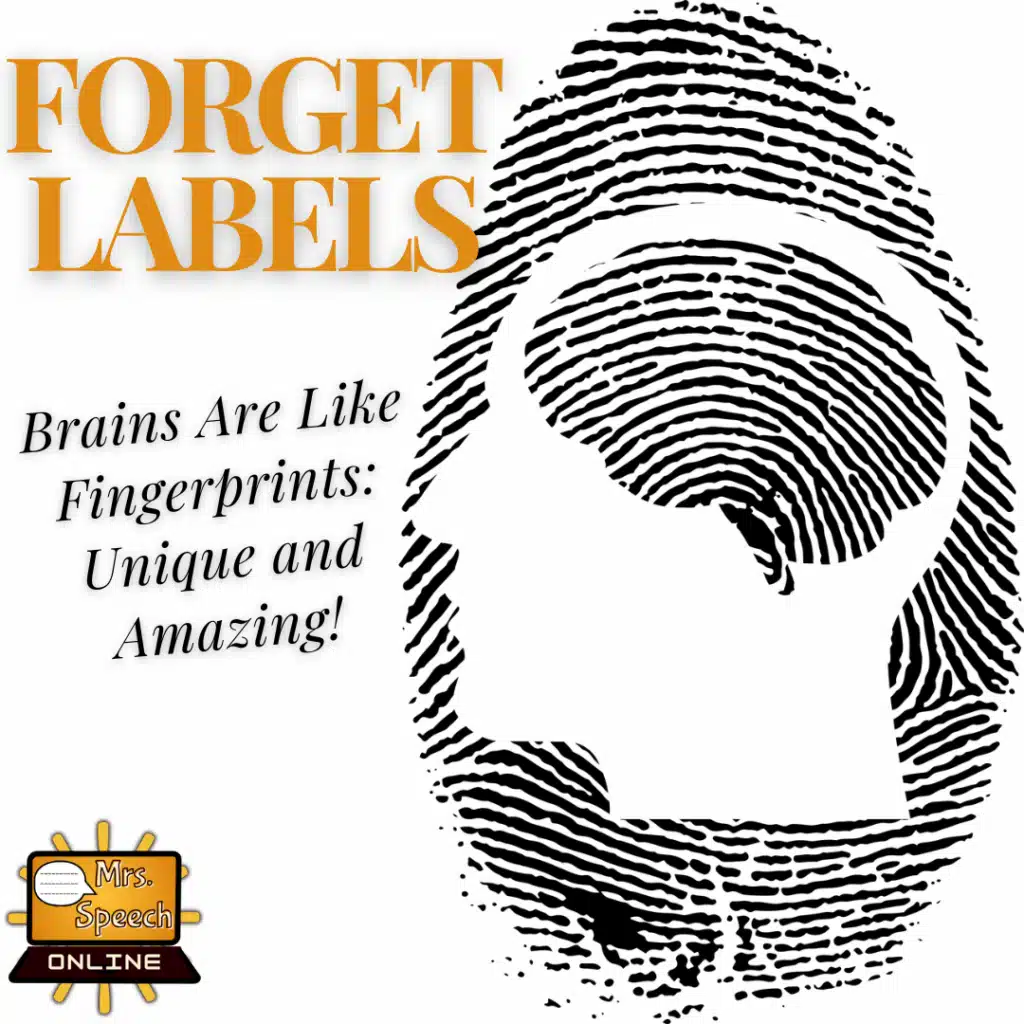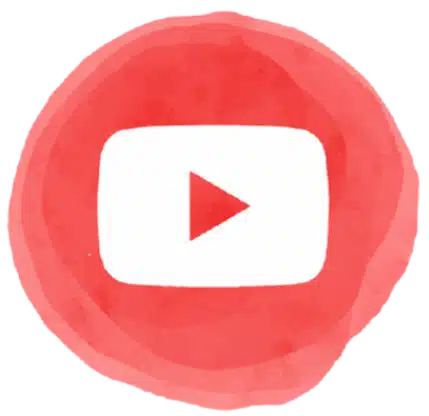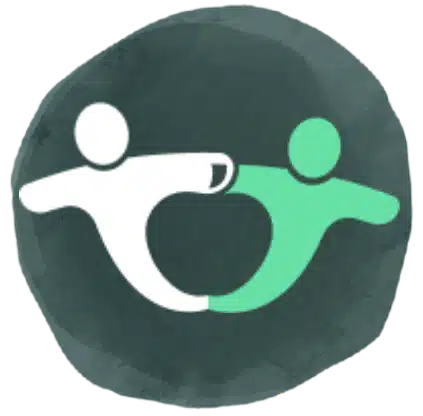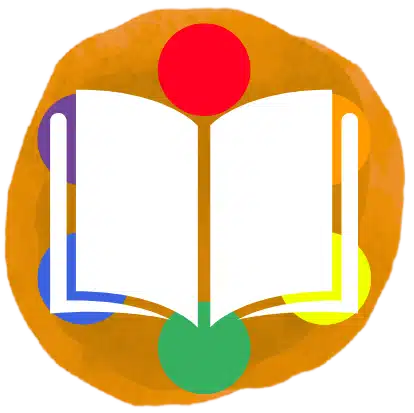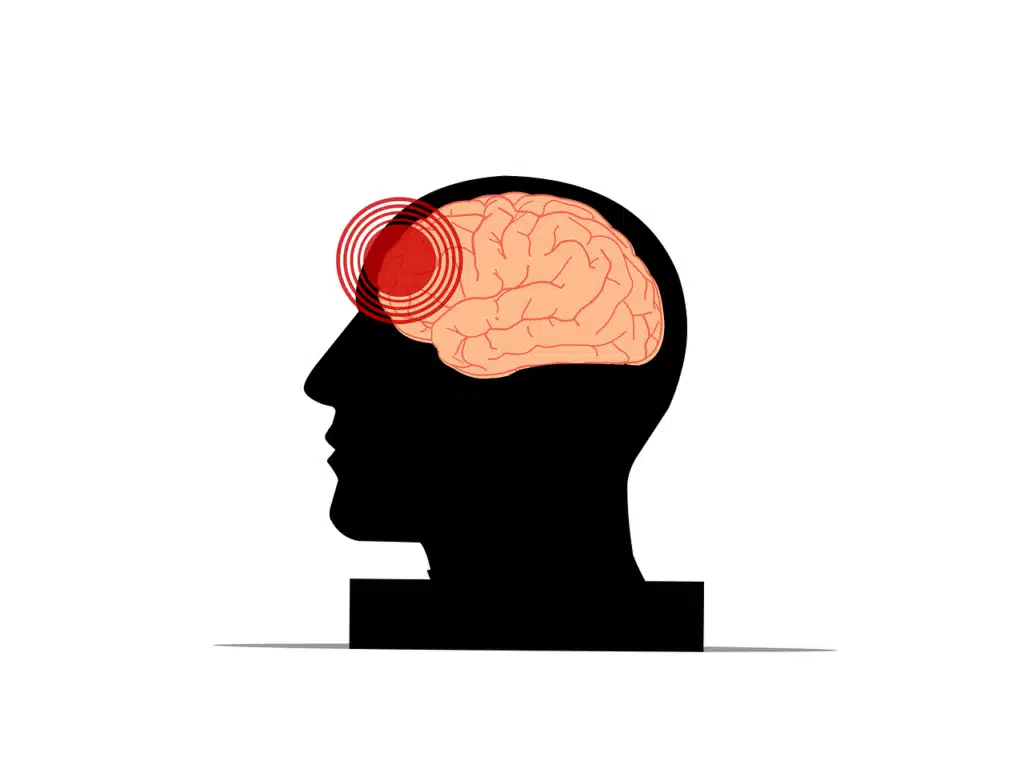Unlocking Potential Through Individualized Learning Without Labels
Have you ever watched a student struggling to fit into a round-peg classroom? The traditional education system often pushes a “one-size-fits-all” approach, relying on labels like “Autism,” “ADHD,” or “learning disabled” to categorize students. But what if we tossed those labels aside and focused instead on the vast and unique learning styles that each student possesses? Imagine the potential we could unlock!
The Limitations of Labels
Labels can be restrictive. They fail to capture the individual strengths and challenges of each student. A student might excel in creative writing but struggle with math, regardless of any learning disability classifications. These labels, including “Autism” or “Language Disorder,” can become self-fulfilling prophecies, hindering student confidence and growth. The focus should be on the student as a person, not a diagnosis.
Embracing the Spectrum of Learning Styles
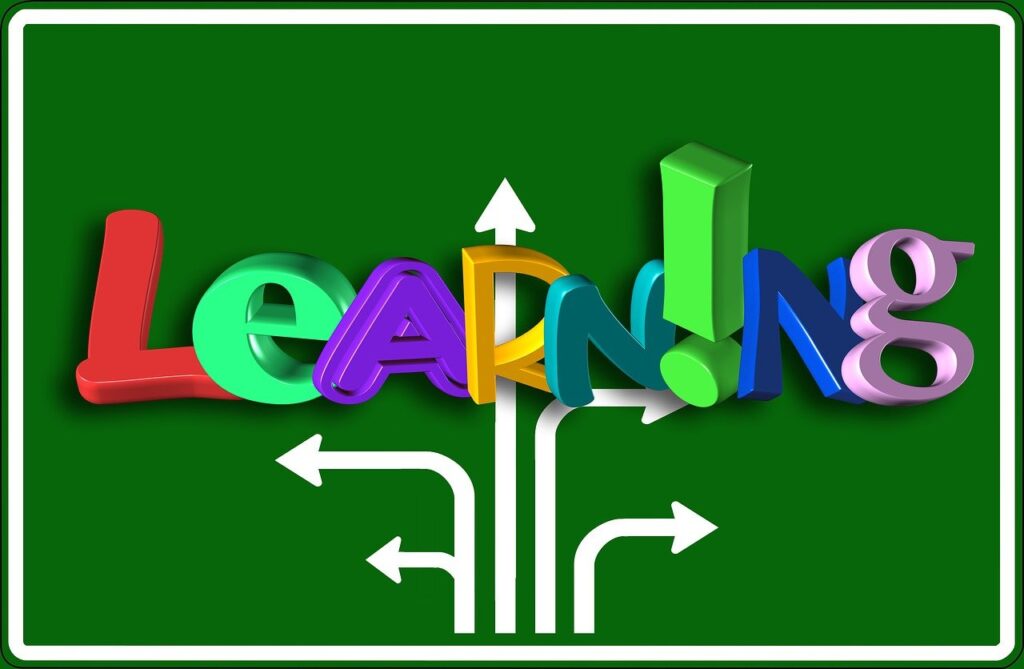
Instead of rigid categories, let’s embrace the spectrum of learning styles that exists within ALL students. Some students are visual learners, thriving on colorful charts, diagrams, and graphic organizers. Auditory learners flourish with captivating lectures, podcasts, and group discussions. Kinesthetic learners excel with hands-on activities, experiments, and role-playing exercises. Most students won’t fall neatly into one category; they might possess a blend of these styles with varying strengths in each area.
Research and the Learning Styles Connection
The concept of learning styles and its connection to student achievement has been explored in educational research. A study by Dunn and Dunn (1993) found a positive correlation between students’ preferred learning styles and their academic performance. Students who received instruction tailored to their learning styles showed better results compared to those who did not. 1
While learning styles can offer insights into student preferences, cognitive scientist Daniel Willingham argues that they shouldn’t be the sole focus2. The article argues that scientific evidence does not support learning styles as they are currently utilized. People do differ in their abilities and interests, but these are not the same as learning styles.
Effective teaching methods that cater to individual students are crucial. The true power lies in individualized learning, which moves beyond labels and focuses on understanding each student’s unique strengths and weaknesses. This approach unlocks student potential by creating a dynamic learning environment that caters to their individual needs and preferences.
The Science of Multimodal Learning
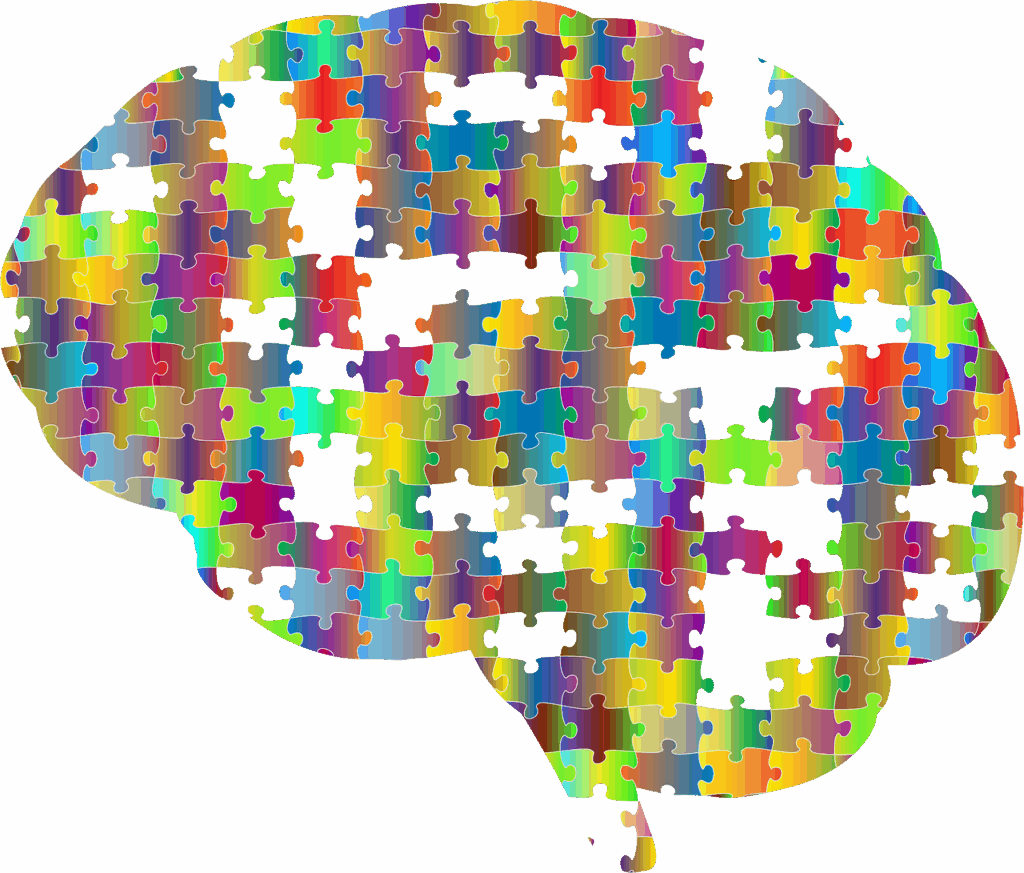
So, how can we create effective instruction that caters to a diverse range of learning styles? Research suggests that the key lies in multimodal learning. This approach involves presenting information through multiple channels (visual, auditory, kinesthetic) to enhance learning outcomes.
Richard Mayer’s “Cognitive Theory of Multimedia Learning” explains that our brains process information more effectively when it’s presented through different modalities. For example, combining a lecture with visuals like diagrams or animations can solidify understanding for both auditory and visual learners, while incorporating elements of social interaction can benefit all students.3
By incorporating a variety of instructional methods, we can engage all learners and cater to their preferred styles. This might involve:
- Visual Aids: Charts, diagrams, infographics, and videos can enhance understanding for visual learners.
- Auditory Activities: Lectures, discussions, podcasts, and audiobooks can benefit auditory learners.
- Kinesthetic Learning: Hands-on activities, simulations, experiments, and role-playing can solidify concepts for kinesthetic learners.
- Social Interaction: Incorporating elements of social interaction and clear communication can benefit all students, but especially those who might experience social anxieties or need extra social practice. This could involve providing clear expectations with visual supports, offering opportunities for peer collaboration, and celebrating successes in social settings.
It’s important to remember however, that almost all students benefit from a variety of modalities!
Meeting Individual Needs, Not Labels
Forget the labels! Instead of categorizing students based on diagnoses, let’s focus on understanding their individual strengths, challenges, and preferred learning styles. Every student is unique, and a one-size-fits-all approach simply doesn’t work. By truly meeting each child where they are, we can create a more inclusive and effective learning environment.
The Power of Differentiation
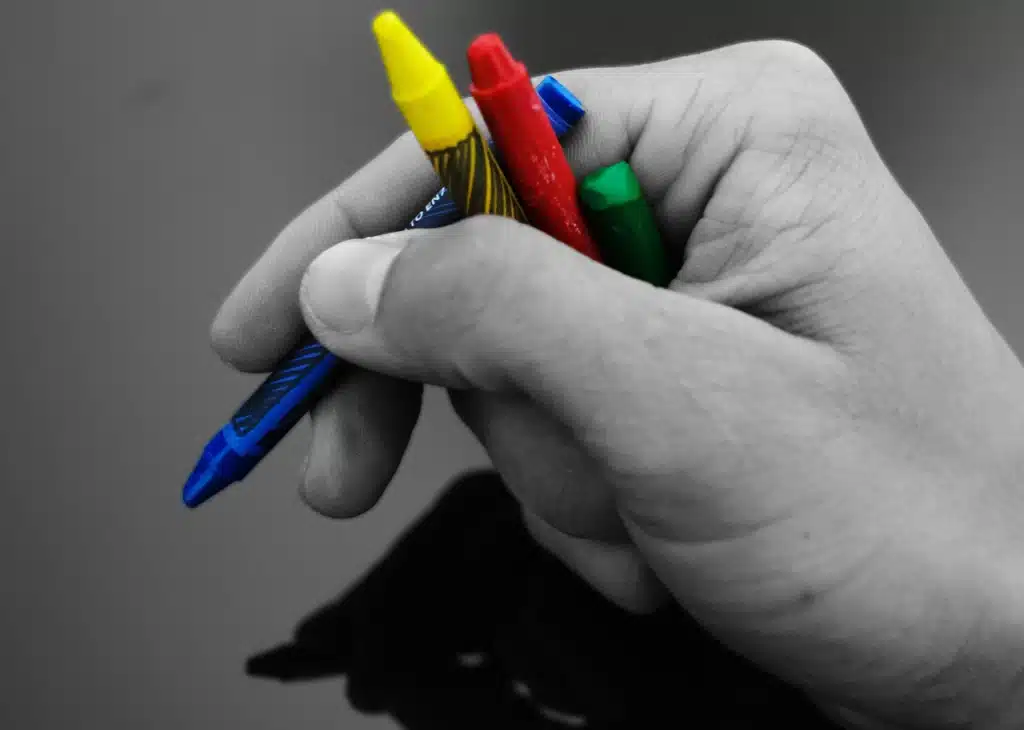
Differentiation is a powerful teaching strategy that tailors instruction to meet individual needs, regardless of labels. This might involve providing differentiated materials (e.g., graphic organizers for visual learners, audiobooks for auditory learners), offering tiered assignments with varying levels of complexity, or creating flexible learning environments that allow students for independent or collaborative work based on their preferences.
The beauty lies in the fact that differentiation isn’t just for students who excel or struggle. The article by Tomlinson and McTighe also suggests that even students who fall into the category of “average” learners can thrive in an environment that caters to their individual strengths and weaknesses.
Imagine the potential that could be unlocked if every student, regardless of labels, received the kind of individualized instruction typically reserved for those on the perceived extremes of the learning spectrum!4
Unlocking Potential for ALL Learners
The beauty lies in the fact that many accommodations designed for students with specific needs can
benefit ALL learners. Imagine a classroom where everyone thrives with:
Flexible Timelines
Deadlines can be stressful. Offering flexible timelines allows for deeper understanding and reduces anxiety for all students, including those who might not be considered academically challenged but could benefit from a less rigid pace.
Varied Instructional Modes
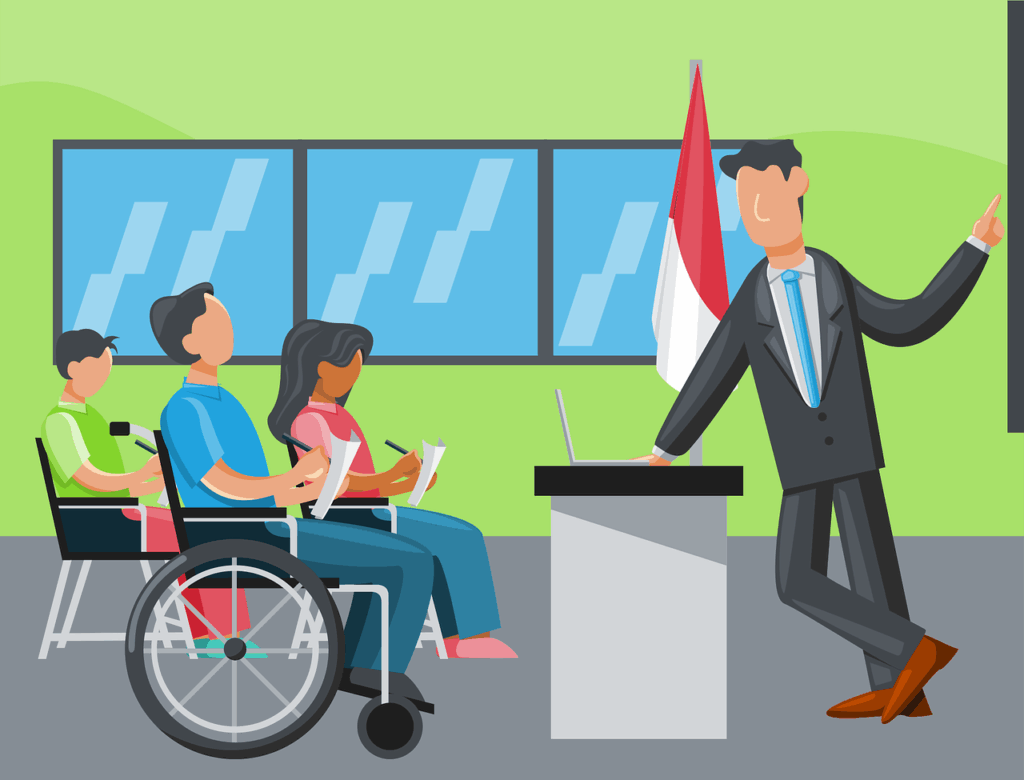
A diverse toolbox of teaching methods keeps everyone engaged and caters to different learning styles. “Average” students, who might possess a blend of learning styles, can particularly benefit from this variety.
Extra Support
Providing individualized support, whether it’s one-on-one time, small group instruction, or access to additional resources, empowers students and fosters confidence. This is not just for students who are struggling; even those perceived as “average” learners can benefit from additional support to push their understanding to the next level.
Positive Learning Environment
A supportive and encouraging classroom environment is crucial for all students. This means fostering a climate of respect, celebrating individual strengths, and offering opportunities for students to learn from each other.
Water The Flowers You Have

Forget the labels and meet students where they are. By focusing on their individual strengths and learning styles, we can create a truly inclusive learning environment. Embrace the spectrum of learning styles and unlock the true potential within every single student.
Here are some ways to put these ideas into action!
Informal Assessments
Conduct informal assessments throughout the year to gauge student preferences. This could involve simple observations, surveys, or student self-evaluations on how they learn best.
Flexible Learning Stations
Create learning stations around the classroom that cater to different learning styles. One station could have manipulatives and hands-on activities for kinesthetic learners, another might have informational videos and audiobooks for auditory learners, and a third could be filled with charts and graphic organizers for visual learners. Students can rotate through these stations independently or in small groups.
Choice Boards
Offer students choice in how they demonstrate their understanding. This could involve options for creating presentations, writing essays, building models, or recording podcasts.
Technology Integration
Technology can be a powerful tool for differentiation. There are many online resources, apps, and digital tools that cater to different learning styles and can provide specific support for students who might benefit from additional resources.
Add Music
Ever had an ear worm that just won’t go away? It rarely happens with conversational phrases, but that jingle for the AC company is stuck fast. Teaching difficult subjects as a jingle makes the lesson more enjoyable and adds another modality for learning.
Remember, creating a truly inclusive learning environment is an ongoing process. By being flexible, creative, and responsive to student needs, we can unlock the potential within each and every learner.
Rethinking School Infrastructure for Individualized Learning
The beautiful vision of a learning environment that caters to individual needs might necessitate some changes in how our schools operate. Let’s explore some ways we can adapt our educational infrastructure:
Moving Beyond the Cookie-Cutter Curriculum
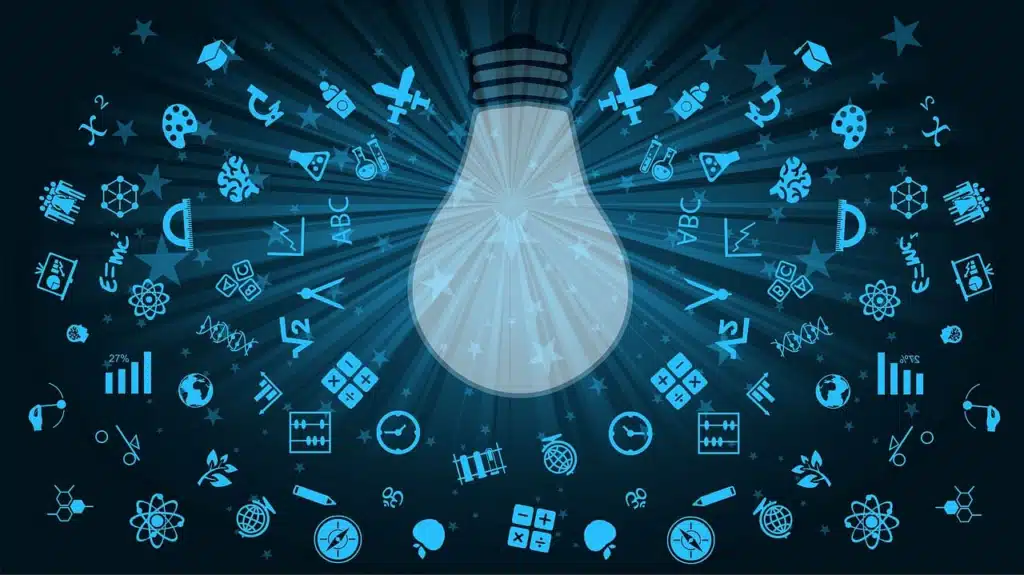
Rigid, one-size-fits-all curriculums limit the potential for differentiation. We need to embrace flexible learning models that allow teachers to tailor instruction to the specific needs and interests of their students. Remember, not all students will go on to college, and that’s okay!
Rethinking Special Education
The current system of special education often relies on categories and labels to determine eligibility for support. However, these labels can sometimes restrict access to services for students who might benefit from them.
Instead, we can build a system that recognizes and celebrates individual differences in learning styles and abilities. This approach would provide targeted support for all learners, regardless of labels, ensuring they receive the resources they need to thrive.
Smaller Class Sizes
Smaller classrooms can provide teachers with the space and flexibility to offer more individualized support and create differentiated learning experiences.
Matching Learning Styles
While not always feasible, exploring innovative approaches like matching teachers and students based on compatible teaching and learning styles could create a more dynamic and engaging learning environment.
Flexible Learning Spaces
The traditional classroom layout might not be ideal for diverse learning styles. Redesigning classrooms to incorporate flexible learning spaces with areas for quiet reflection, group collaboration, hands-on activities, and visual displays can cater to a wider range of needs.
Professional Development for Differentiation
Teachers play a pivotal role in implementing individualized learning strategies. Investing in professional development opportunities to enhance differentiation skills will empower teachers to effectively cater to the unique needs of each student.
Use of technology
By strategically integrating technology like adaptive learning programs and online resources, teachers can personalize instruction for each student while reducing their workload and allowing them to focus on more individualized support.
By making these adjustments, we can create school environments that are truly supportive of individualized learning and empower all students to reach their full potential.
Individualized learning extends beyond traditional academic subjects
Speech-language pathologists (SLPs) play a crucial role in identifying and addressing communication challenges. By collaborating with teachers and incorporating differentiated strategies, SLPs can help students of all abilities reach their full potential in both communication and academic domains.
We hope this blog post empowers you to become a champion for individualized learning for all students in your school community – let’s ditch the labels and unlock student potential together!
Want to hear more suggestions for transforming our educational system? Read Breaking the Chains – Solutions to Empower Our Teachers.

What are your thoughts on individualized learning and moving beyond labels in the classroom? Share your experiences and ideas in the comments below!
Social Media Icons: designed by rawpixel.com – Freepik.com
- Dunn, R., Griggs, S. A., Olson, J., Beasley, M., & Gorman, B. S. (1995). A Meta-Analytic Validation of the Dunn and Dunn Model of Learning-Style Preferences. The Journal of Educational Research, 88(6), 353–362. https://doi.org/10.1080/00220671.1995.9941181. ↩︎
- Willingham, D. Learning Styles FAQ. Retrieved 7-7-25, from http://www.danielwillingham.com/learning-styles-faq.html. ↩︎
- Mayer, R. E. (2014). Cognitive theory of multimedia learning. In R. E. Mayer (Ed.), The Cambridge handbook of multimedia learning (2nd ed., pp. 43–71). Cambridge University Press. https://doi.org/10.1017/CBO9781139547369.005. ↩︎
- Tomlinson, C. A., & McTighe, J. (2006). Integrating differentiated instruction & understanding by design : connecting content and kids. Association for Supervision and Curriculum Development. http://site.ebrary.com/id/10110318. ↩︎
